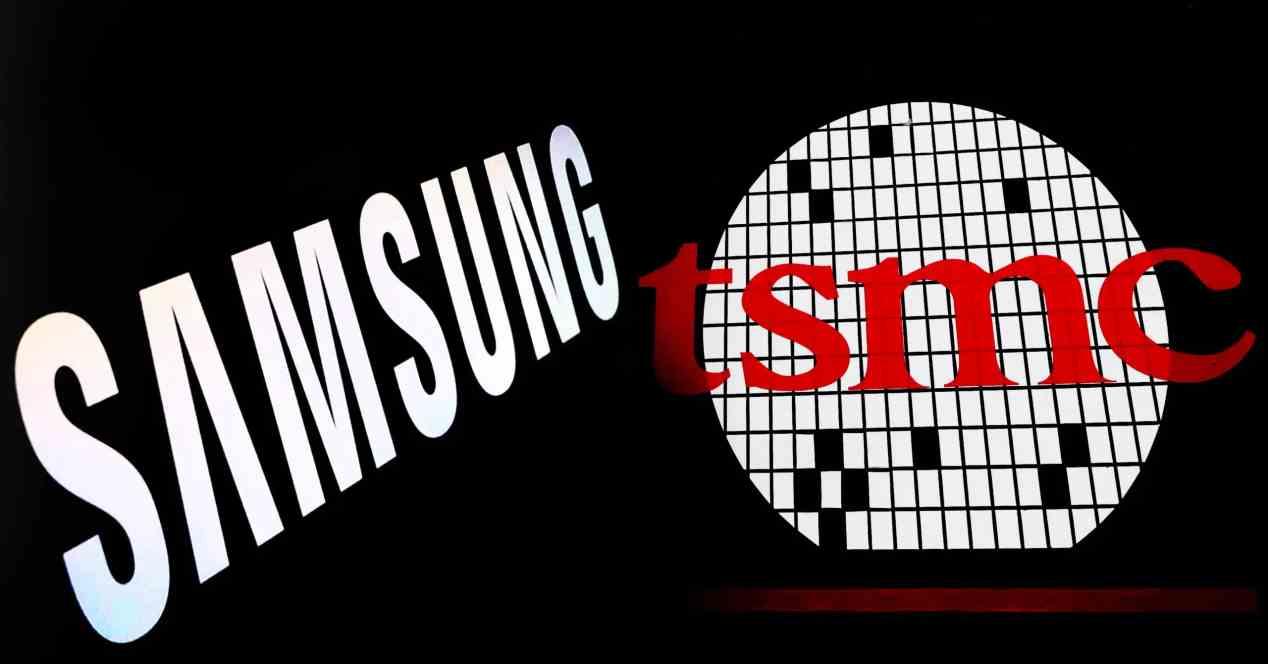Recent news about Samsung foundries or chip factories has lately been in negative hyperbole. And it is that not so long ago we learned that the South Korean multinational had falsified the performance of its 5nm, 4nm and 3m processes. The results? The abandonment of some of its key customers, such as Qualcomm, which ended up opting for rival TSMC due to lack of product confidence.
A simple change in the performance of the node and that means reversing a series of decisions that start from the design of new processors, since the performance of the wafers affects the final cost of the chips and can translate into billions of dollars which remain to be sold and earned . This is why the situation of Samsung’s foundries has become disadvantageous compared to its main rivals, but especially compared to TSMC.
Samsung and TSMC and their 3nm nodes
Of all the CPU manufacturing nodes Samsung has in development, the one that shows the most promise is the 3nm one, where they’ll be ditching FinFET transistors for adopt so-called Gate All-Arraybeing the only node under this name to use this type of transistors, since TSMC’s N3 is still FinFET. One of the advantages of GAAs over FFs is that they require lower voltages to operate, which is a big plus.
That is, designs under the Samsung node would end up having much higher performance per watt than the TSMC equivalent. It’s the most important metric for processors today, especially in low-power computing markets. So Samsung, if it gets it right and moves its parts right, can get a series of relevant customers that TSMC now has for the variants of its 3nm node: 3GAE and 3GAP, and all thanks to more advanced technology. .
However, we have long since moved to levels where scaling transistor sizes is cost counterproductive and developing new nodes has such high prices that a large contract is needed to justify their deployment to the production of new processors. . And it is said that 3nm could be the last major big node for a long time.
TSMC leaves with an advantage for the moment
However, Samsung’s challenge is to get it into mass production in time. Since to start the process, 3GAE is a year behind on its test production and this is an advantage that the Taiwanese will take advantage of to ensure that they have as many customers as possible in their 3nm node. For the moment they have already made sure to manufacture Tile GPUs for future Intel processors and this is not a trivial agreement if we put it into perspective.
I mean, Samsung has a superior technology than TSMC at 3 nm, but he finds that he has not yet reached the key customer which economically justifies mass production. A few years ago it was Apple but they lost it to TSMC and recently NVIDIA has not continued with them. On the other hand, Samsung’s most lucrative market, memory, does not require manufacturing nodes as advanced as processors. We’ll see what happens, but it’s possible that the South Koreans will end up getting a big name customer for their 3GAE and 3GAP nodes and that’s because the deal between TSMC and Intel has put some AMD enough to fly for a long time due to Taiwanese favoritism over their rival.










